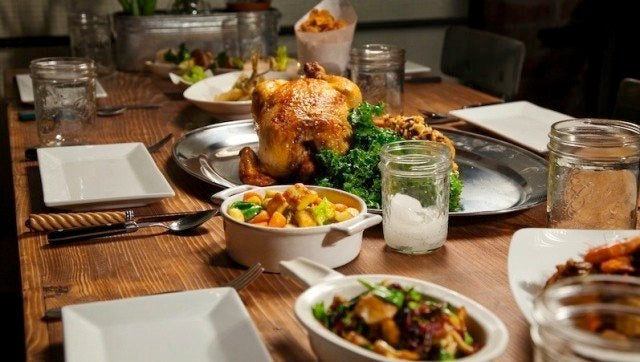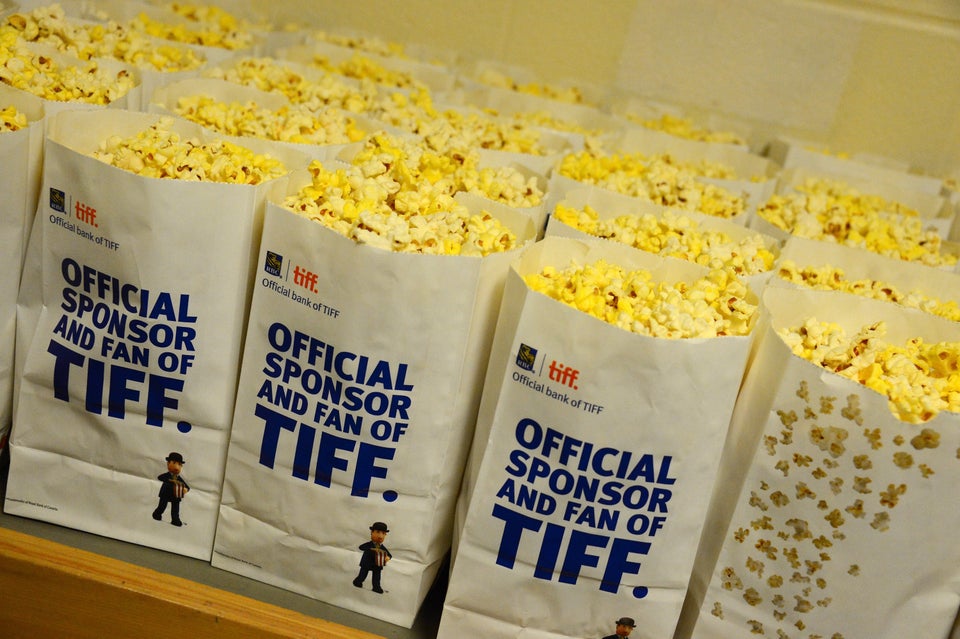
Small plates have long been big business for restaurants across the country. Over the past decade, tapas bars, pricy tasting-menu-only temples and even the odd major restaurant chains have embraced lilliputian portion sizes on the hunch that it's easier to sell customers five $10 dishes than one $50 entree. At first, adventurous diners, eager to taste as broad a swath of the menu as possible, ate it up. But a few veteran eaters have more recently started to complain of tasting menu and small plate fatigue.
Restaurant chefs around the country have started to take the backlash to heart. More and more of them have given their menus the "White Rabbit" treatment, and ditched small plates for their polar opposite: the large-format, family-style dish. Huge pots of stew and mammoth haunches of lamb, meant to be shared between multiple people, increasingly crowd the wooden tables at hip restaurants that might, two years ago, have been polka-dotted with a dozen dishes.
The movement, if you can call it that, was started by some of the very same New York chefs who had previously led the charge toward small plates: April Bloomfield of the Spotted Pig and the Breslin and David Chang of the Momofukus. Both started serving gigantic hunks of meat -- fried chickens, suckling pigs, broad swaths of entire cows -- for tables of four or more, and quickly attracted imitators at many of their peer restaurants around the city.
One brand-new restaurant, Feast in New York's East Village, has even made large-format dishes its central theme. In a phone interview with The Huffington Post, Feast's chef Chris Meenan explained that the idea for a restaurant focused on family-style eating came from he and his business partners' love of sharing dishes at traditional Chinese and Korean restaurants. Though they toyed with the idea of serving small plates, they ultimately decided larger plates worked better.
"I don't really think that small plates are for sharing," he said. "A lot of places advertise that, but when you actually go about doing it, it never works out. What's your share of that small plate? If you're with a group of four, you end up with nothing."
Every night, Feast offers two kinds of multi-course large-format meals ("feasts," in the nomenclature of the restaurant) that feed an entire table. One is vegetarian and will change with the seasons, and the other is meat-focused, and will change whenever Meenan gets bored. Meenan said that the feasts offer several practical advantages for the kitchen over the a la carte.
"We just need to know how many people are in the table, and which feast they ordered, and we know exactly what to do," he said. "In terms of food cost, too, there's advantages to it, because we can count on selling a certain volume of those dishes, as opposed to a la carte, where you never know."
For hungry diners, sharing a big plate of meat is a lot less stressful than nervously eyeing a petri dish adorned with one fewer slices of raw fluke than they have companions. But large-format meals, of course, also force eaters to surrender a measure of free will. Knowing that there are diners for whom that would be a problem, Feast also has a small a la carte menu -- which includes a $12 salad and a $13 toast platter that would be hard to classify as anything but small plates. Some trends never really die.
